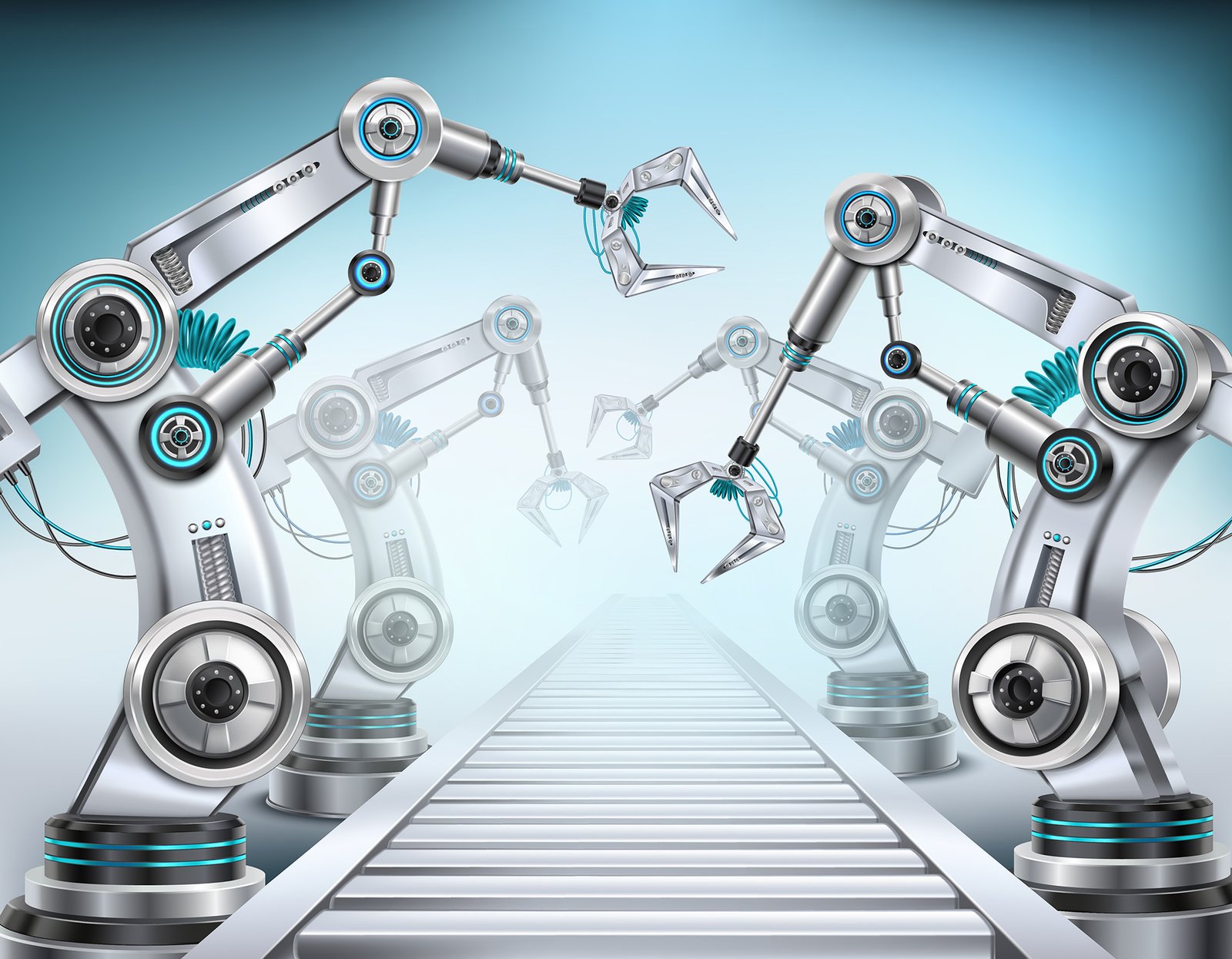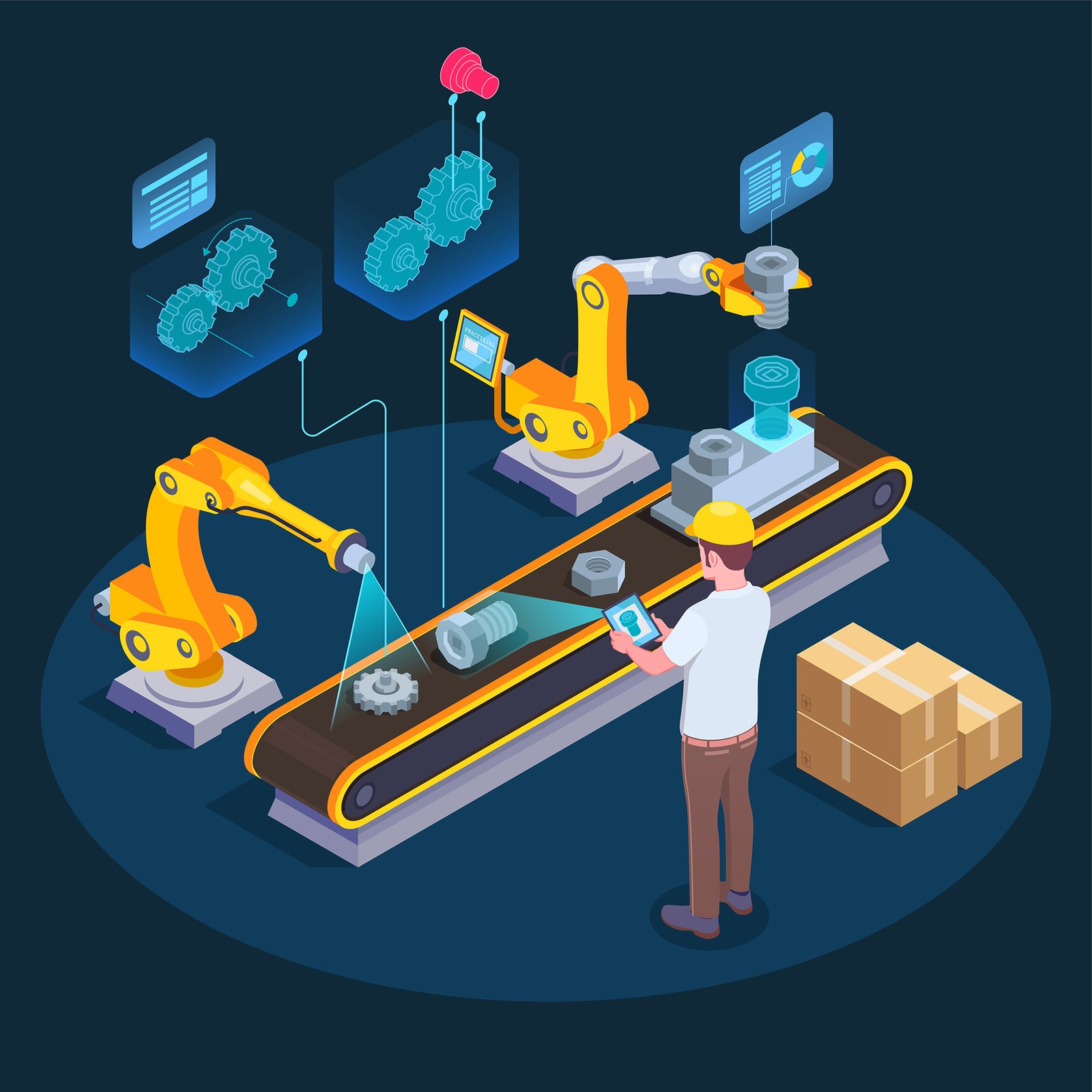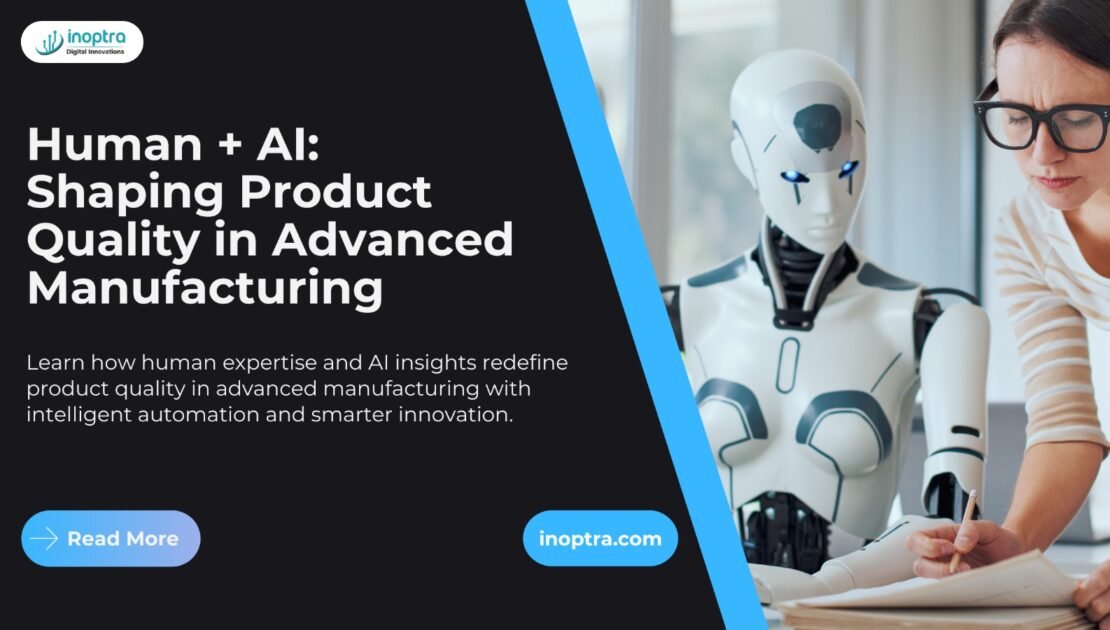What’s in the blog:
In an era marked by increasingly complex products, shorter life cycles, and zero-defect expectations, traditional approaches to quality management are being pushed to their limits. For CXOs in industries like manufacturing, pharmaceuticals, and high-tech electronics, the imperative is clear: achieve higher quality outcomes with fewer resources—faster, safer, and with complete confidence.
- Leading auto manufacturers and electronics firms deploying AI-driven inspection robots (e.g., BMW, Apple) are consistently lowering defect rates and improving customer satisfaction scores.
- The global market for continuous improvement tools, including AI-driven quality platforms, is projected to reach $44 billion in 2025 with a CAGR of 14.2% through 2031.
- In life sciences and high-tech manufacturing, improved quality management and AI-powered systems aim to address a 115% increase in product recalls since 2018, with total annual recall costs up to $5 billion—AI investment is being prioritized to combat this trend.
The answer lies in a fundamental shift: restructuring operations around a synergy of people and artificial intelligence.
“AI has completely changed the narrative on manufacturing quality control, bringing unparalleled efficiency, pinpoint accuracy, and cost savings. And this isn’t just a trend—it’s the future of staying competitive for manufacturers.“
— Siemens on the strategic shift in quality management
From Data Collection to Quality Control Revolution
World-class production systems today are no longer just automated—they are sensorized, data-driven, and AI-augmented. High-value equipment across manufacturing lines is continuously monitored through embedded sensors capturing critical signals—vibration, pressure, temperature, flow rates, and machine states—throughout the entire lifecycle, from commissioning to decommissioning.
- Real-time AI monitoring is cutting production downtime by as much as 70%, directly improving throughput and product quality
- Manufacturers using AI-powered defect detection and quality control report up to a 50% reduction in production errors and a 35% increase in quality (notably in automotive and electronics).
This operational data, once siloed and underused, has emerged as a strategic asset. When integrated and analyzed using advanced machine learning models, it delivers real-time insights into both equipment health and product quality outcomes—insights that human monitoring alone cannot detect with consistency or speed.

The Case for Proactive, AI-Powered Quality Management
In high-stakes industries like electronics, automotive components, and pharmaceuticals, lines often feature hundreds of assembly and test stations, with automation applied to as much as 50% of the workflow. These fast-moving environments generate millions in daily product value and involve stringent safety, compliance, and reliability demands.
- Achieve up to 90% reduction in quality-related error rates compared to manual methods—a major leap in end-product reliability.
- Predictive maintenance based on AI and sensor data is saving millions by reducing downtime up to 30% and preventing equipment failures.
Managing these lines manually is increasingly untenable—not because of lack of effort, but because the scale, complexity, and real-time nature of modern production demand assistive intelligence.
AI solves three critical challenges:
- Real-Time Anomaly Detection: Machine learning models constantly assess live data to predict and prevent deviations before they become defects.
- Predictive Maintenance: Downtime is avoided through early detection of subtle failure patterns, extending equipment life and throughput.
- Quality Root Cause Analysis: AI correlates quality deviations with upstream conditions, revealing where, how, and why defects emerge.
When deployed on the floor, these AI systems generate control signals and outlier alerts, enabling proactive intervention. For manufacturers, this is not just about fault detection—it’s about building adaptive, intelligent, self-correcting production systems.

Technology Is Not Enough: Upskilling the Workforce
However, the transition to AI-powered manufacturing is not purely technological.
Organizations must also evolve structurally and culturally. That means training teams to work with AI models as operational decision partners. Engineers, quality managers, and operators must become fluent in interpreting AI insights and using these to enforce, improve, and reconfigure manufacturing processes as business-as-usual.
This is not about replacing people, but augmenting human decision-making with the precision, speed, and scale of AI.
“Smart sensors create smarter factories where you can monitor, control, and improve virtually every aspect of operations with real-time data-driven insights… Sensors that connect people, machines, equipment, and inventory to the empowering capabilities of the IIoT enable manufacturers to produce with greater transparency, efficiency, and overall quality.”
— Aric Prost, Stratus Technologies.
Building the Intelligent Factory: What It Takes
To achieve this transformation, organizations must invest in three strategic pillars:
- Sensorization and Data Infrastructure > End-to-end visibility across production and quality parameters—from sensors on core equipment to environmental readings.
- Machine Learning and Model Management > Continuous development and deployment of learning models that adapt with operations and scale across stations.
- Human-AI Integration > Upskilling people and embedding AI workflows into daily roles, not as standalone projects but as part of resilient, responsive operations.
When done right, AI enables organizations to achieve “multi-nines” (99.999%+) product quality, dramatically reduce rework and recalls, and build sustainable cost advantages.
Why InOpTra: Few Words Before Wrapping Up
At InOpTra, we help forward-looking enterprises design and implement this next generation of quality management. Our modular solutions seamlessly integrate into your existing systems and production landscape—offering rapid deployments with measurable outcomes.
We bring:
- Real-time dashboards and cross-station visibility build using machine learning and AI
- Anomaly detection and alerts with traceable decision logs
- Predictive maintenance and defect avoidance models
- ROI calculators and compliance alignment tools
- End-to-end enablement—technology + training
Ready to Future-Proof Your Production?
The future of high-performance manufacturing belongs to organizations that can adapt faster, operate smarter, and assure quality at scale—with a workforce empowered by AI.
Let’s talk about how you can unlock precision, resilience, and competitive advantage across your manufacturing operations.


